
SOME OF MY FAVORITE THINGS: Botts’ Dots and Turtles and Southern States’ Buttons
Those round, non-reflective, raised pavement markers are called Botts’ Dots, named after Elbert Dysart Botts, a California Department of Transportation (Caltrans) engineer credited with overseeing the research that led to the development of the raised markers.
If you live in Washington or Oregon, you know them as turtles; in Texas and other southern states they are called buttons.
UNANTICIPATED BENEFITS?
I’m inclined to believe those references that assert the development of the dots was not motivated and funded for safety benefits. Some sources claim the primary purpose was to reduce the cost of repainting white lines on highways, which in places in the California highway system, was a very frequent requirement. Traffic safety was a collateral benefit. I don’t know if that is fact but knowing government, it rings true.
To replace or enhance painted lines, Botts’ Dots started out as white, but now are often yellow to substitute for the yellow lines that divide opposing directions of traffic in North America. They can be round or square, and today are white, yellow, red, and blue, each color used in specifics locations. I’m surprised I’ve never seen this as a question on a drivers’ test.
● White Markers
These are used to designate lane divisions and the edge of the road.
Yellow is used to designate lanes moving in the opposite direction, i.e. two-way trafic; center dividers.
Image credit: Bel-Aire Hoa, Delray Beach, Florida! Image Source: yelp.com/biz_photos/
HISTORY
The need for some kind of raised highway marker was recognized as early at the 1930s, and several different versions were developed. The first raised markers were made of glass and nailed to the pavement, and degraded and faded quickly. Botts' and his team not only developed a much tougher material for the markers, but they also invented an epoxy strong enough to hold them to the roadway, which made them much easier to attach and longer lasting.
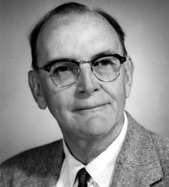
Elbert Dysart Botts
Image Source: caltransd7info.blogspot.com/
Unfortunately, Botts died in 1962 without seeing the far reaching impacts of his research. His work on the dots was deep-sixed and it wasn’t even mentioned in his obituary in the Translab newsletter.
Two years later, the research surfaces and the new direction decided it was worth pursuing. Using the original research, Translab developed the modern pattern of interspersing plastic square reflectors between groups of four round polyester or epoxy dots. This pattern was first tested along Interstate 80 near Vacaville in 1965, and ultimately Caltrans switched to ceramic round markers in 1966.
Because the innovations were developed by State of California employees, any patents belonged to the State. According to Cal-Trans employees, verbal history has it that all Botts received was naming the raised markers Botts' Dots.
FUTURE CHANGES
In 2021 it appears that Botts’ Dots may be headed for the dumpster, at least in California. Given the current volumes and speeds of auto and truck traffic on state highways and freeways, Bott’s Dots don’t hold up well anymore, plus they aren’t reflective. Initially, the dots on Caltrans maintained highways and roads required replacement every ten years. These days, they need to be replaced every six months.
But don’t worry! Better raised reflective technology will continue to replace the dots and a rumble effect will still be there to bump you to attention if you get sleepy or are not paying attention – like in talking on your cell phone which will get you a big fat ticket if you are caught. The rumble effect will come as two bumps per second when traveling at 60 MPH
One of the newer approaches for warning drivers are “rumble strips”... a not-so-gentle reminder of curves or other roadway changes, and safety is their primary objective.
Milled rumble strips
Image Source: ayresassociates.com/rumble-strips
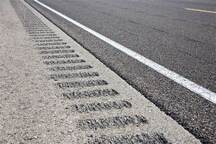
Obviously, any change to the dimensions of the groves alters the sound and vibration caused. The general rule is that the wider and deeper the rumble strip, within reason, the more sound and vibration produced.
The findings of a National Cooperative Highway Research Program (NCHRP) report concluded that installing rumble strips along rural roadway shoulders reduced crash frequency by 36% and, on rural and urban two-lane roadways, by 45% and 64%, respectively, after installing rumble strips along the center line. The strips are deemed effective even on rural freeways. ayresassociates.com/rumble-strips-
Rumble strips work well under water and in snow.
IT’S THE LONG-RANGE, LAND USE PLANNER IN ME
I can't help it. Because I spent most of my 35-plus-year career in long-range urban planning, I can’t resist taking this twenty or thirty years into the future and ask the question what will our roads be like when we are using self-driven vehicles. Image Credit: Hal Tenny/Diviant Art
Image Source: pinterest.com/pin/4632375

But the S&P Global’s report The Road Ahead For Autonomous Vehicles forecasts that, by 2040, between 10% and 50% of new registrations in the U.S. will be unmanned vehicles. However, the low operational cost of an electric, self-driving vehicle, combined with the possibility of having them on the road continuously, will make the cost per kilometer drop significantly, such that there are already those like predicting that in 2030, 95% of the miles traveled will come from this type of vehicle operated by large service companies. blog.ferrovial.com/future-roads.
Based on those forecasts, as self-driving cars begin to hit the road, they will have to share the roadways with conventional vehicles. Logically, self-driving vehicles can only be allowed to operated when the car itself and the roadways meet certain requirements. This is when the paradigm will have to change.
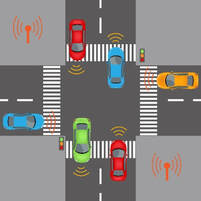
Image Source: electronicspecifier.com/artificial-intell-roads
JUST SAYIN’
□
Sources:
https://en.wikipedia.org/wiki/Botts%27_dots
https://www.ocregister.com/2017/05/19/botts-dots-after-a-half-century-will-disappear-from-freeways-highways/
https://dictionary.cambridge.org/dictionary/english/bott-s-dots
https://en.wikipedia.org/wiki/Elbert_Dysart_Botts
https://www.infobloom.com/what-are-botts-dots.htm
https://www.snopes.com/fact-check/botts-dots/
https://blog.ferrovial.com/en/2019/03/future-roads-smart-roadways-self-driving-cars/
https://www.spglobal.com/en/research-insights/articles/The-Road-Ahead-for-Autonomous-Vehicles
https://99percentinvisible.org/article/end-road-botts-dots-round-markers-phased-california/
https://www.ayresassociates.com/rumble-strips-help-keep-drivers-safe/
https://justacarguy.blogspot.com/2011/11/bots-dots-did-you-know-they-come-in-4.html?template=default
https://www.electronicspecifier.com/products/artificial-intelligence/marking-roads-to-make-them-safer-for-self-driving-cars
https://thehill.com/opinion/technology/353034-self-driving-cars-are-coming-but-us-roads-arent-ready-for-the-change
Photos Only:
http://www.stocktongov.com/government/departments/publicWorks/tCalmChoiceExped.html
https://www.yelp.com/biz_photos/tscm-huntington-beach-2?select=RF6AhZ7iUYieCaRImUBlUQ
http://caltransd7info.blogspot.com/2014_11_01_archive.html
https://99percentinvisible.org/article/end-road-botts-dots-round-markers-phased-california/
https://www.rgbstock.com/photo/mq24338/Fire+Hydrant
https://99percentinvisible.org/article/decoding-cats-eyes-global-color-guide-reflective-road-markers/ https://hellobeautiful.com/2688563/beyonce-shows-off-blue-ivy/3/
http://www.hyviz.com/hyvis/street.htm
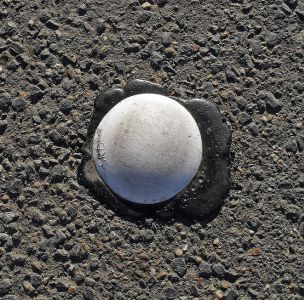

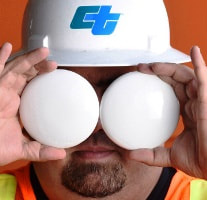
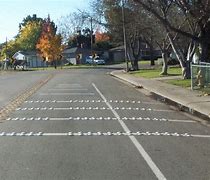
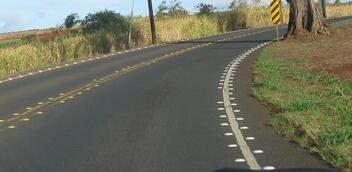
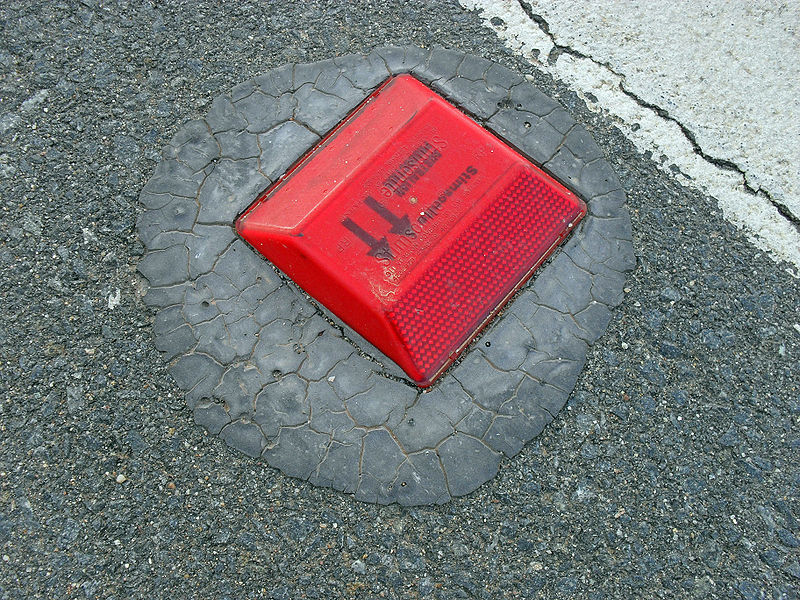
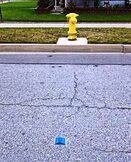
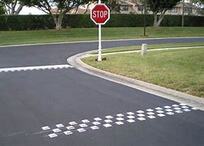
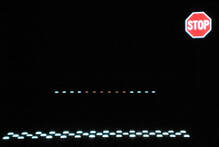
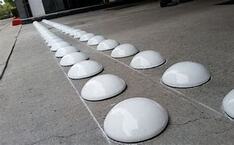
 RSS Feed
RSS Feed